“There’s only one Les Paul.” With those words, Warren Haynes—legendary guitarist and tone connoisseur—summed up his initial reluctance to attach his name to a Gibson Les Paul signature model. For years, Haynes resisted the overtures of Gibson, feeling that the Les Paul’s legacy was almost sacred. Yet, after a multi-year dialogue marked by deep respect for tradition and a shared passion for innovation, Haynes and Gibson found common ground. The result: a signature Les Paul that honors its roots while boldly redefining its voice, especially through the use of P-90 pickups. As a professional guitarist and guitar design specialist, I’m excited to guide you through the technical intricacies and collaborative decisions that shaped this remarkable instrument.
Key Takeaways
- Haynes’ signature model challenges tradition with P-90 pickups: Discover how this choice transforms the classic Gibson Les Paul tone and performance.
- The collaborative design process blends artist vision with heritage: Get insider insight into how signature guitars are negotiated and realized.
- Technical analysis reveals unique tonal and player benefits: Learn how these innovations can inform your own gear decisions.
Warren Haynes’ Reluctance and the Birth of a Signature Les Paul
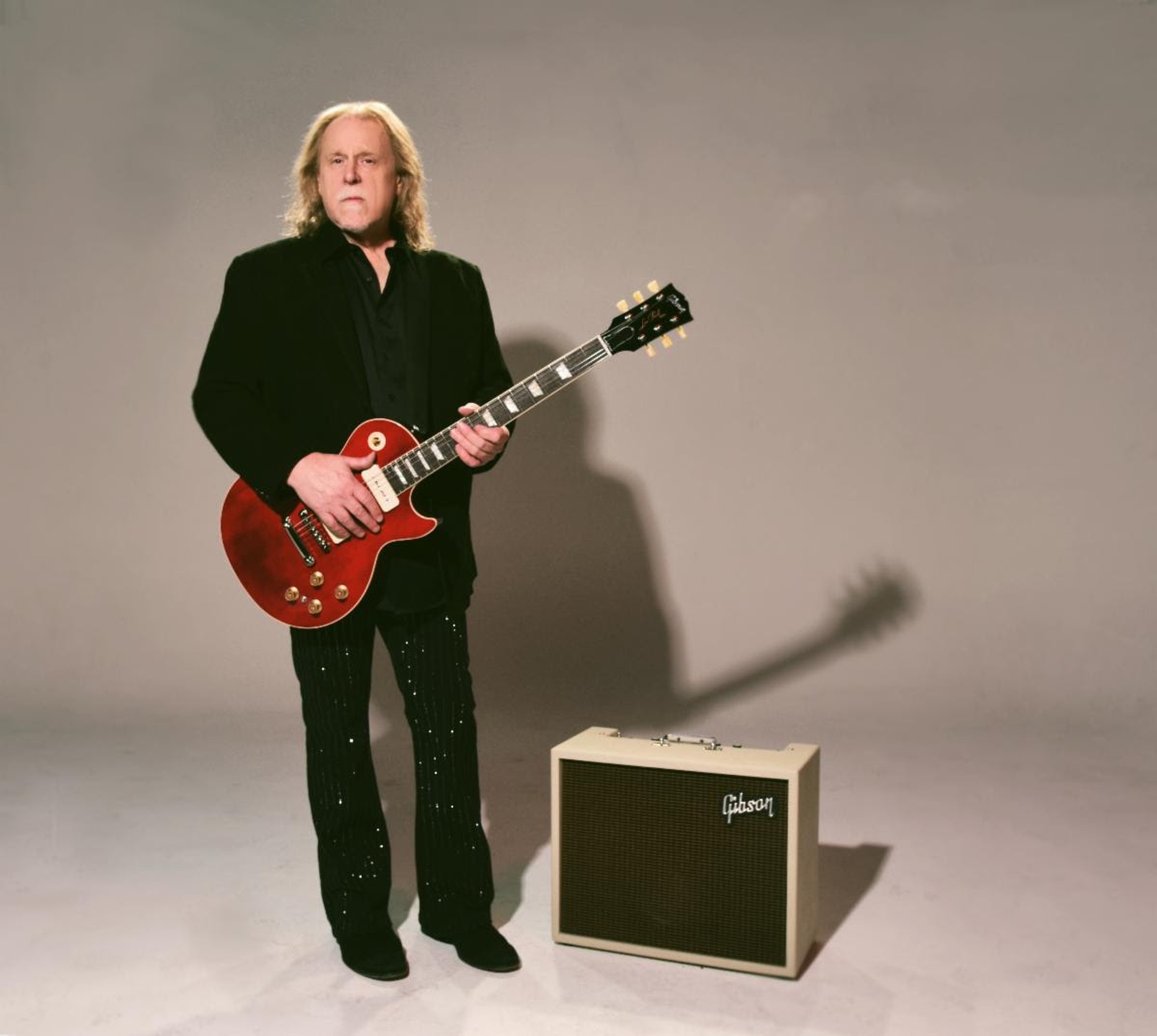
For advanced guitarists and gear enthusiasts, the story behind Warren Haynes’ signature Gibson Les Paul is as compelling as the instrument itself. Haynes, revered for his work with Gov’t Mule and The Allman Brothers Band, had long regarded the Gibson Les Paul as an untouchable icon. As he put it,
“There’s only one Les Paul, and you don’t mess with that legacy lightly.”
This reverence initially made Haynes wary of any signature collaboration, fearing it might dilute the model’s heritage. Gibson, however, saw in Haynes not just an artist, but a tone architect whose preferences could push the boundaries of their flagship design. Representatives from Gibson spent years in conversation with Haynes, presenting prototypes and listening intently to his feedback. In one pivotal meeting, a senior Gibson designer recalled,
“Warren challenged us: ‘If we do this, it has to be something I’d actually play, something that means something to me—and to Les Paul fans.’ That set the tone for the entire project.”
Ultimately, it was Haynes’ insistence on authenticity—on creating a guitar he would proudly use on stage—that convinced both parties to move forward. What emerged from this collaboration is a model that honors the deep-seated legacy of the Les Paul while introducing Haynes’ own tonal innovations and practical enhancements. For those interested in exploring the design features and onboard innovations that define this signature instrument, the Gibson Warren Haynes Les Paul Standard arrives with onboard features offers an in-depth look at the final product and its development.

Detailed history and insights on Warren Haynes’ signature Les Paul
Technical Innovations: Why P-90 Pickups Redefine the Signature Model
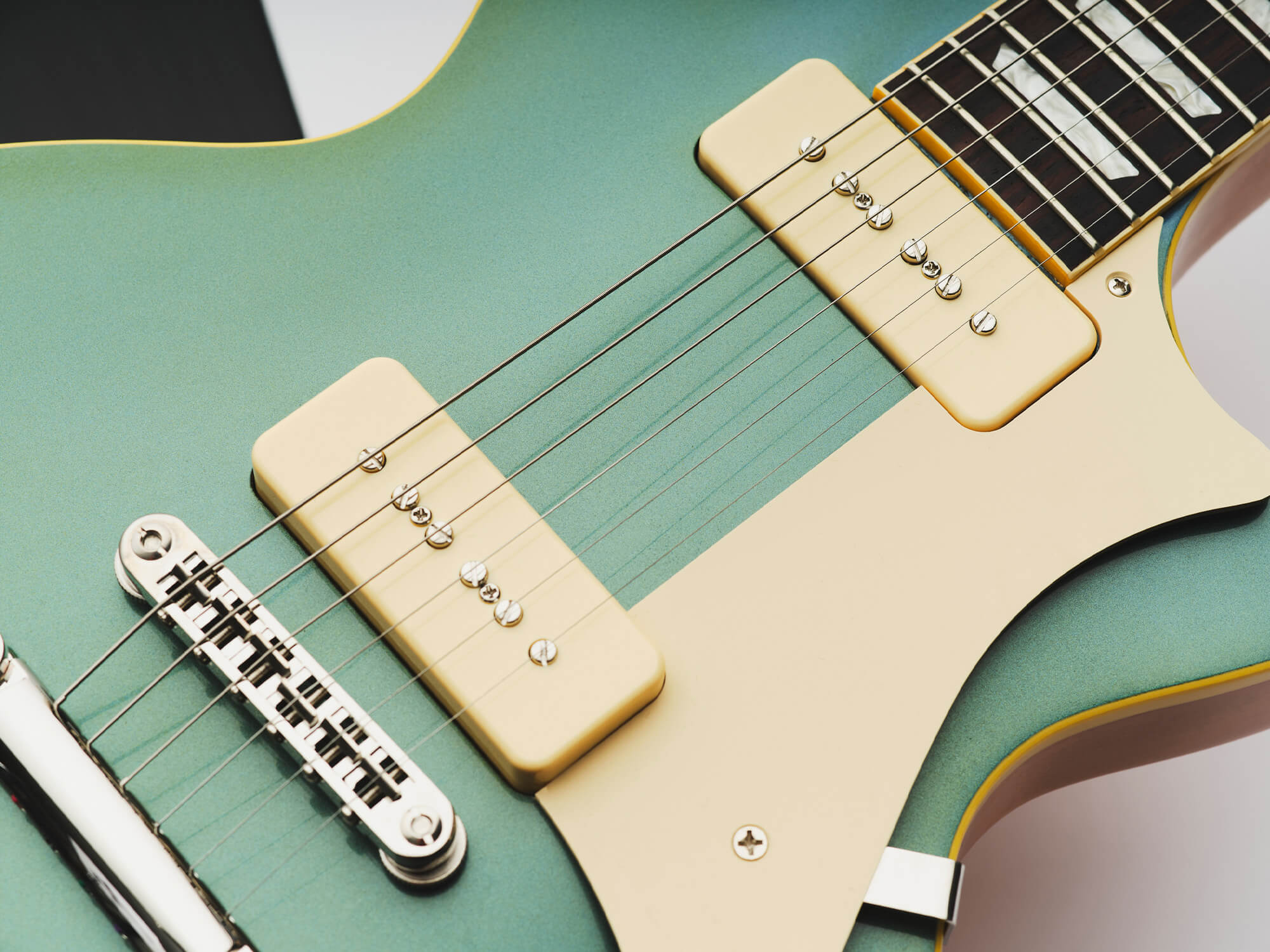
The heart of the Warren Haynes signature guitar’s innovation lies in its pickups. While most Gibson Les Pauls are synonymous with humbuckers—valued for their thick, noise-cancelling output—Haynes opted for a pair of P-90 pickups. This choice is more than cosmetic; it’s a seismic shift in tone and playability that challenges the very core of Les Paul vs P-90 debates. For those interested in understanding what makes these single-coil pickups uniquely versatile and expressive, All About… P-90s – Guitar.com offers an insightful deep dive into their history, sound characteristics, and why they continue to captivate guitarists worldwide.
In-depth comparison of Humbuckers and P90 Pickups on Les Paul guitars
P-90 Pickup Design and Tonal Qualities
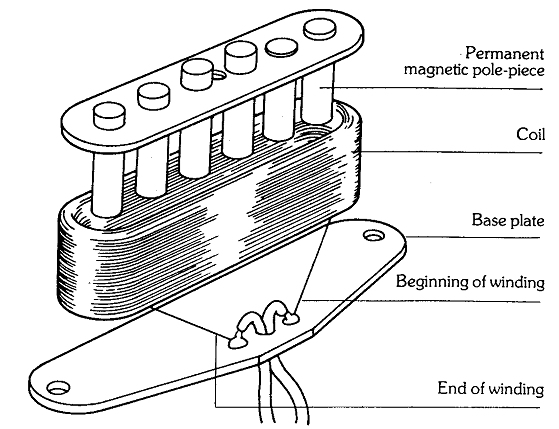
P-90 pickups, introduced by Gibson in the 1940s, are single-coil designs known for their wide, flat bobbin and bar magnets. Compared to humbuckers, P-90s deliver a brighter, more articulate response with a signature midrange growl. The result is a pickup that’s both raw and refined, capable of sparkling cleans and biting overdrive. As Haynes himself explained:
“P-90s give me the clarity and dynamic range I need. They respond to every nuance—pick attack, finger pressure, volume roll-off. They’re alive.”
In the context of a Gibson Les Paul, this means enhanced note separation, a touch-sensitive response, and a tone that sits between the beefiness of humbuckers and the chime of Fender-style single coils. On stage, this translates to a guitar that can cut through a dense mix without sacrificing warmth. In the studio, the P-90-equipped Les Paul offers a palette that covers classic rock, blues, soul, and even jazz. For those interested in exploring the nuances, construction details, and tonal possibilities of P-90 pickups more deeply, P90 Pickups – An in depth look – Macdaddy Music offers a comprehensive guide that further illuminates why these pickups remain a favorite among guitarists.
In-depth demo of Gibson Les Paul Standard P90 pickups
Les Paul vs P-90: Real-World Tonal Differences
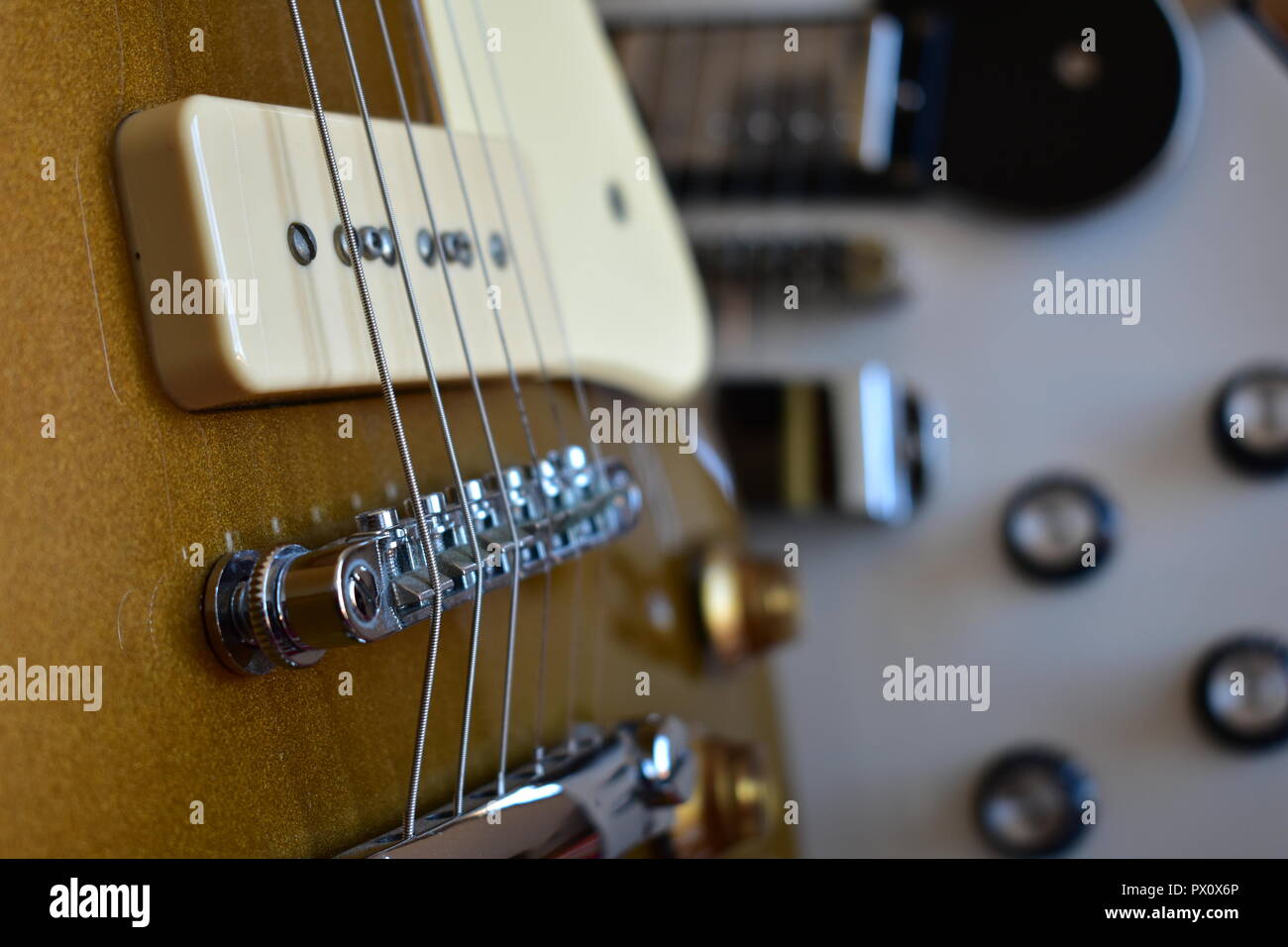
Imagine Haynes on stage, toggling between rhythm and lead. With humbuckers, the sound might be thick but risk becoming muddy in dense arrangements. With P-90s, each note in a chord rings with definition, and solos retain their edge even at high gain. For players seeking a versatile Gibson Les Paul voice—or simply a new flavor in their arsenal—the P-90s open creative doors. To explore how these pickups differ in various playing contexts and find which suits your style best, check out P90s vs humbuckers: Which pickups should you choose?

In-depth comparison of Humbuckers and P90 pickups on Les Paul guitars.
Design Collaboration: Negotiating Tradition and Innovation
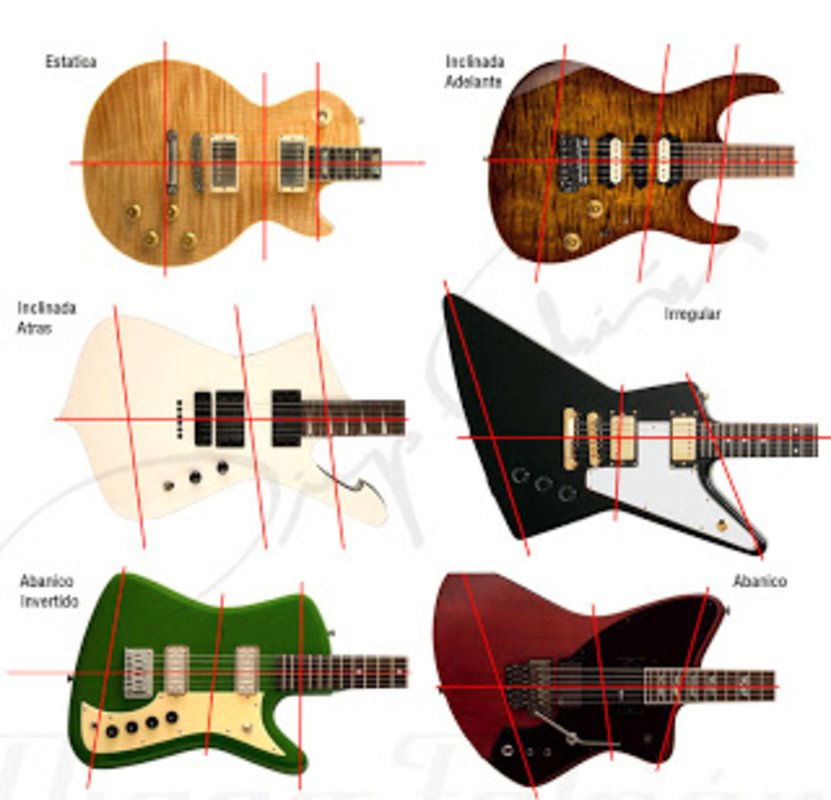
The journey from concept to finished signature model was a masterclass in collaborative guitar design. Haynes brought a clear vision to the table, but he also respected the expertise of Gibson’s luthiers and engineers. The question was: How do you push the envelope without losing what makes a Gibson Les Paul iconic?
Throughout the process, both sides engaged in detailed discussions about specifications. Haynes advocated for elements that reflected his personal playing style: a slightly slimmer neck profile for faster movement, vintage-style tuners for stability, and a unique transparent finish that allowed the wood grain to shine. Gibson’s team, led by master luthier Edwin Wilson, worked closely with Haynes to prototype and refine each feature. Wilson recalls,
“Warren’s feedback was precise. He’d play a prototype at a gig, then come back with notes on everything from fret size to control knob placement. It was iterative and deeply collaborative.”
One pivotal moment came when Haynes requested a custom wiring scheme to maximize tonal flexibility. The engineering team initially hesitated, citing tradition, but ultimately devised a solution that offered both classic Les Paul sounds and new, nuanced options. This willingness to experiment—without losing sight of the guitar’s legacy—set the Warren Haynes signature guitar apart.
Beyond pickups, every detail was scrutinized: aged hardware for a broken-in feel, a nitrocellulose finish for resonance, and period-correct plastics for authenticity. The result is a Gibson Les Paul that feels both familiar and fresh, a testament to what’s possible when artist and manufacturer work in true partnership. For those interested in the meticulous craftsmanship behind such collaborations, luthier tools and the trade of guitar craft offer a fascinating deeper dive into the skills and techniques that bring these instruments to life.
In-depth guide on building a custom guitar from concept to creation.
Tonal Characteristics and Player Benefits of the Warren Haynes Signature Les Paul
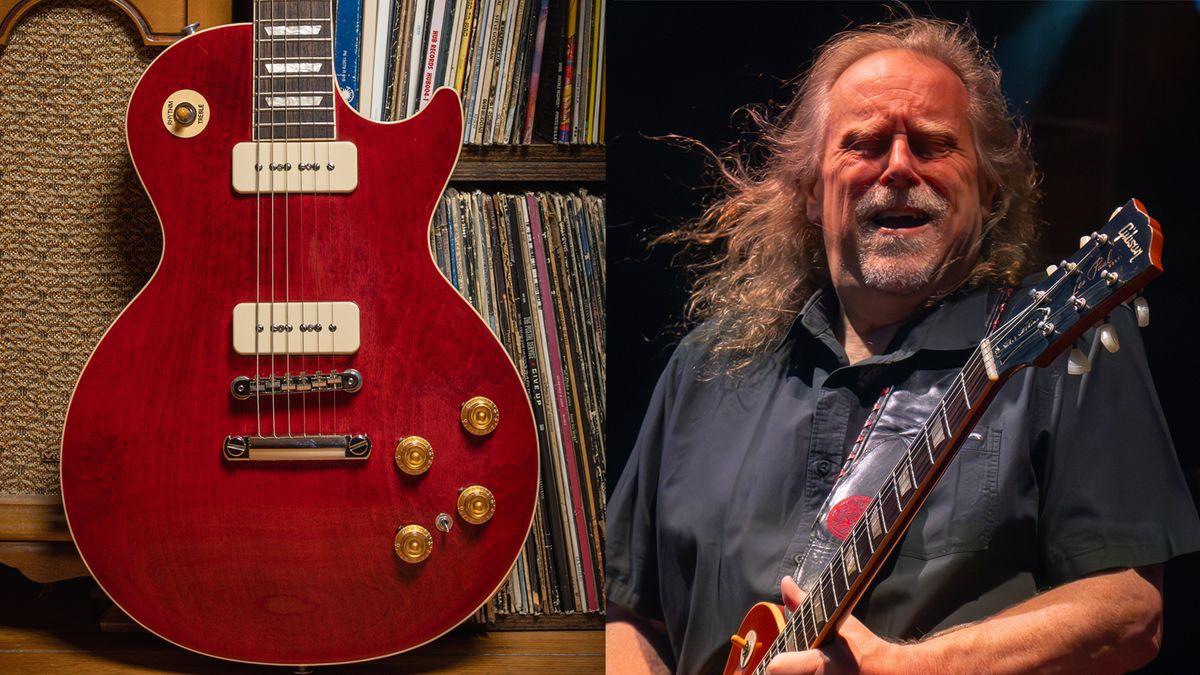
So how do these technical and collaborative choices translate into real-world player benefits? The answer is a guitar that’s as expressive as its namesake. Thanks to the P-90 pickups and custom wiring, the Warren Haynes signature Les Paul offers a tonal spectrum that runs from crystalline cleans to gritty, harmonically rich overdrive. Its dynamic response rewards subtle phrasing and aggressive attack alike.
Haynes himself describes the instrument as “an extension of my voice,” and player testimonials echo this sentiment. One session guitarist shared,
“I’ve never played a Les Paul that felt so alive under my fingers. The P-90s add a dimension that’s both vintage and modern.”
In a blues club, the guitar’s clarity cuts through smoky rooms; in a rock arena, its growl stands up to pounding drums and bass. For players seeking a Gibson Les Paul that’s both traditional and trailblazing, this signature model delivers. It’s especially appealing to those who want to explore genres beyond standard rock—funk, soul, fusion—without sacrificing the core Les Paul identity.
Player experience and detailed demo of the Warren Haynes Signature Les Paul
The Road Ahead
Warren Haynes’ signature Gibson Les Paul is more than a tribute; it’s a blueprint for future innovation. By balancing tradition with artist-driven design, this instrument shows how the classic Les Paul can evolve without losing its soul. For advanced players and gear enthusiasts, it’s a reminder that even iconic models can benefit from fresh perspectives and technical experimentation—especially when it comes to pickups like the P-90. Signature collaborations like this one will continue to shape the landscape of Gibson guitar design and electric guitar tone for years to come.
How do you think P-90 pickups change the classic Les Paul sound? Have you played a signature model that challenged your expectations? Share your thoughts below or try the Warren Haynes signature Les Paul yourself—the next great innovation in your own tone journey might just be a pickup swap away.